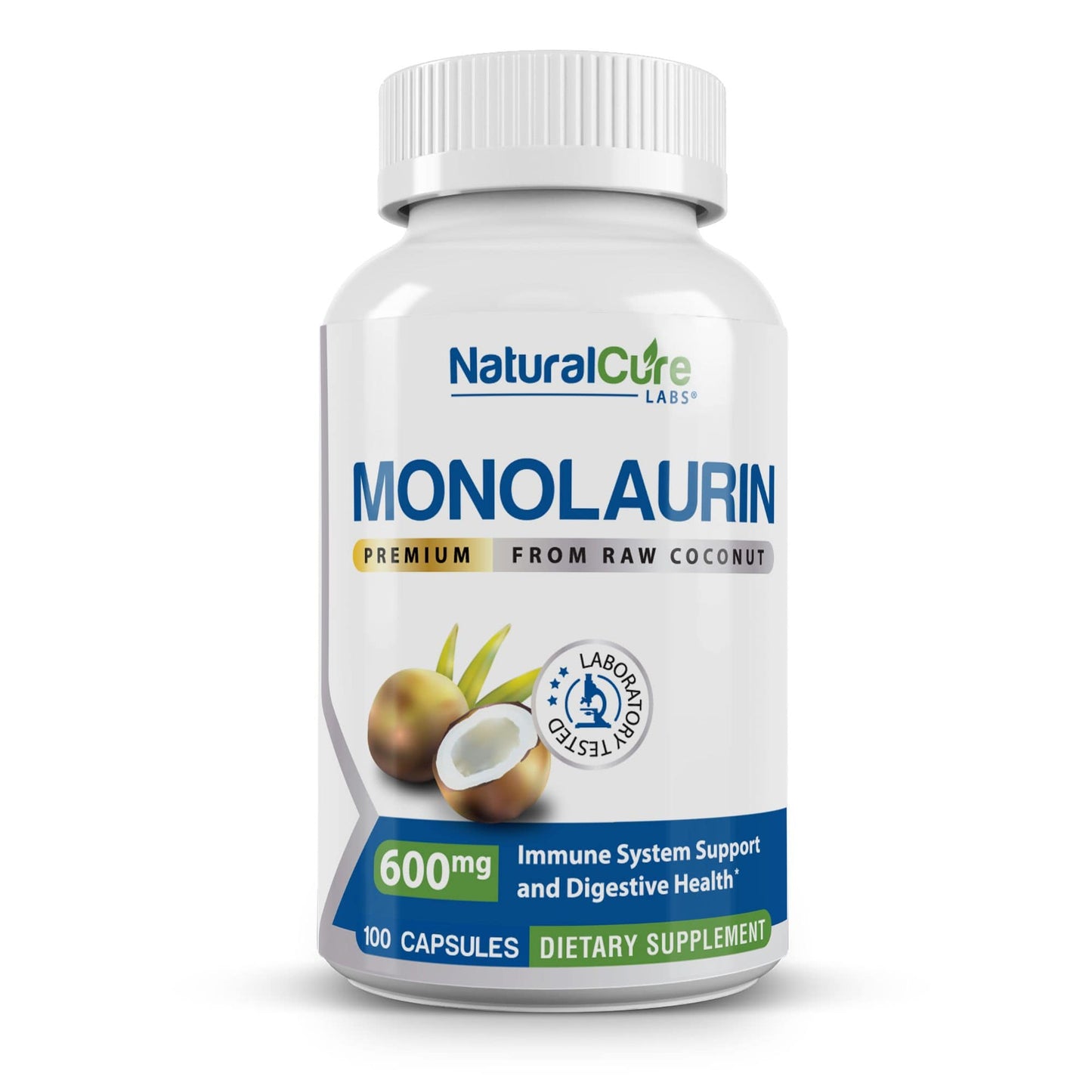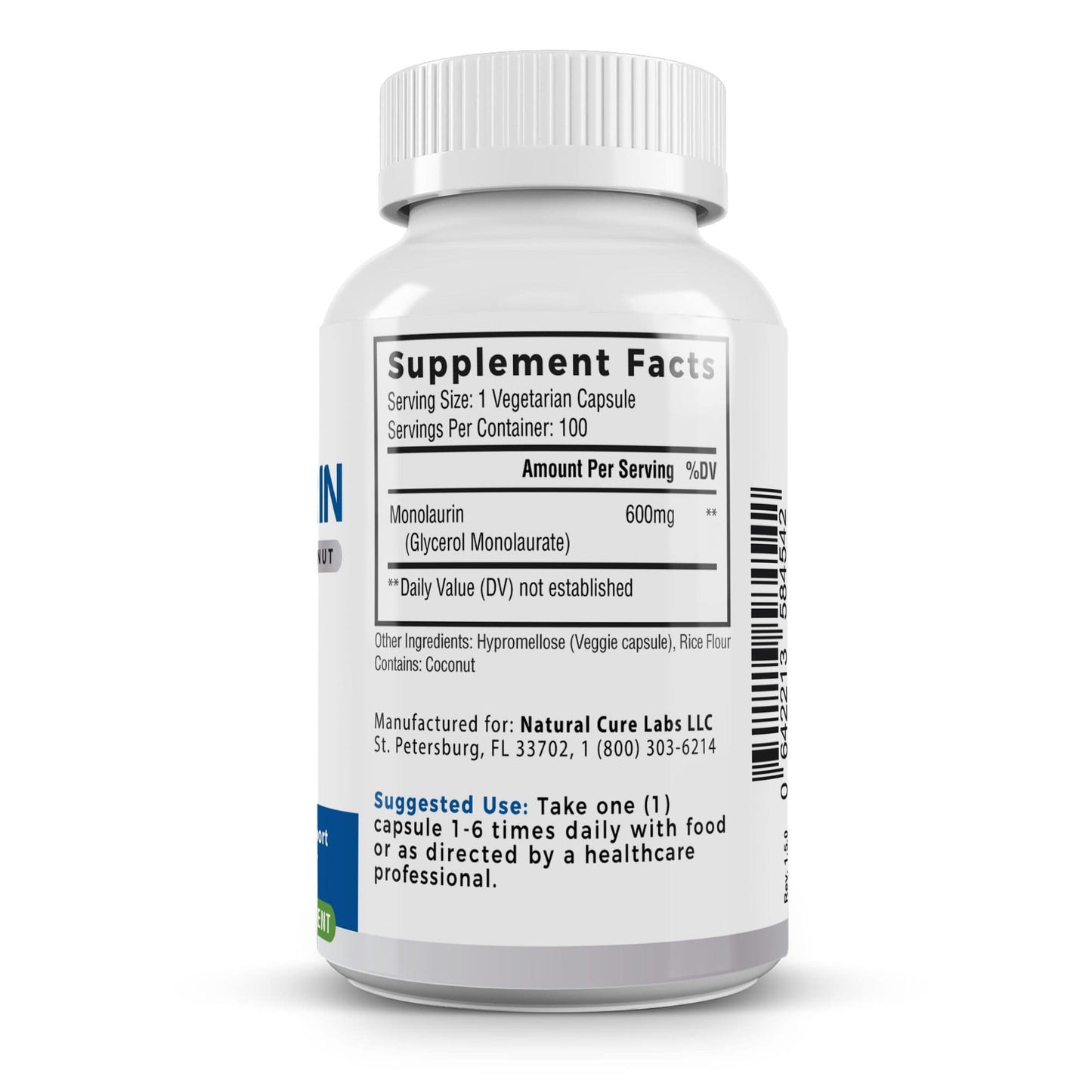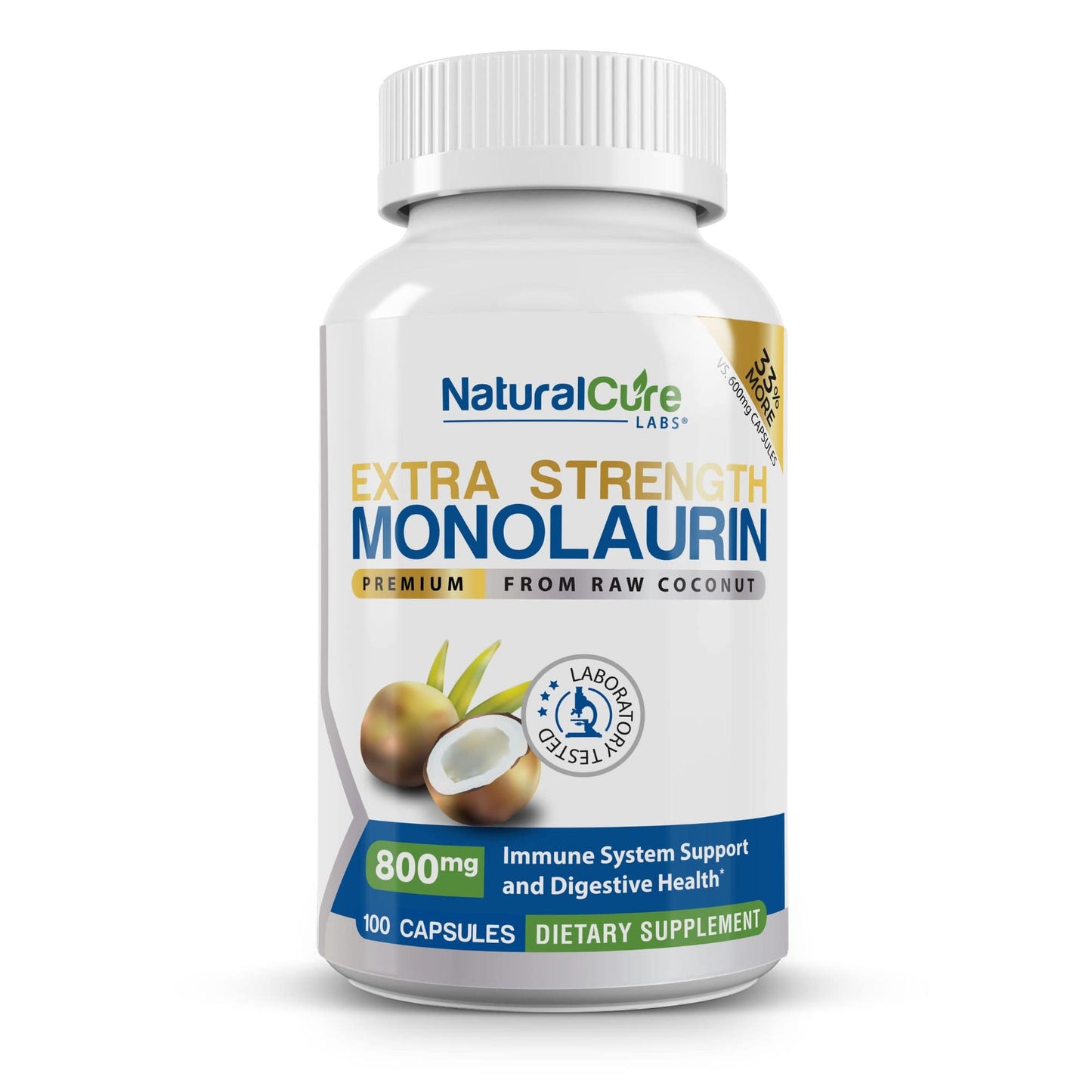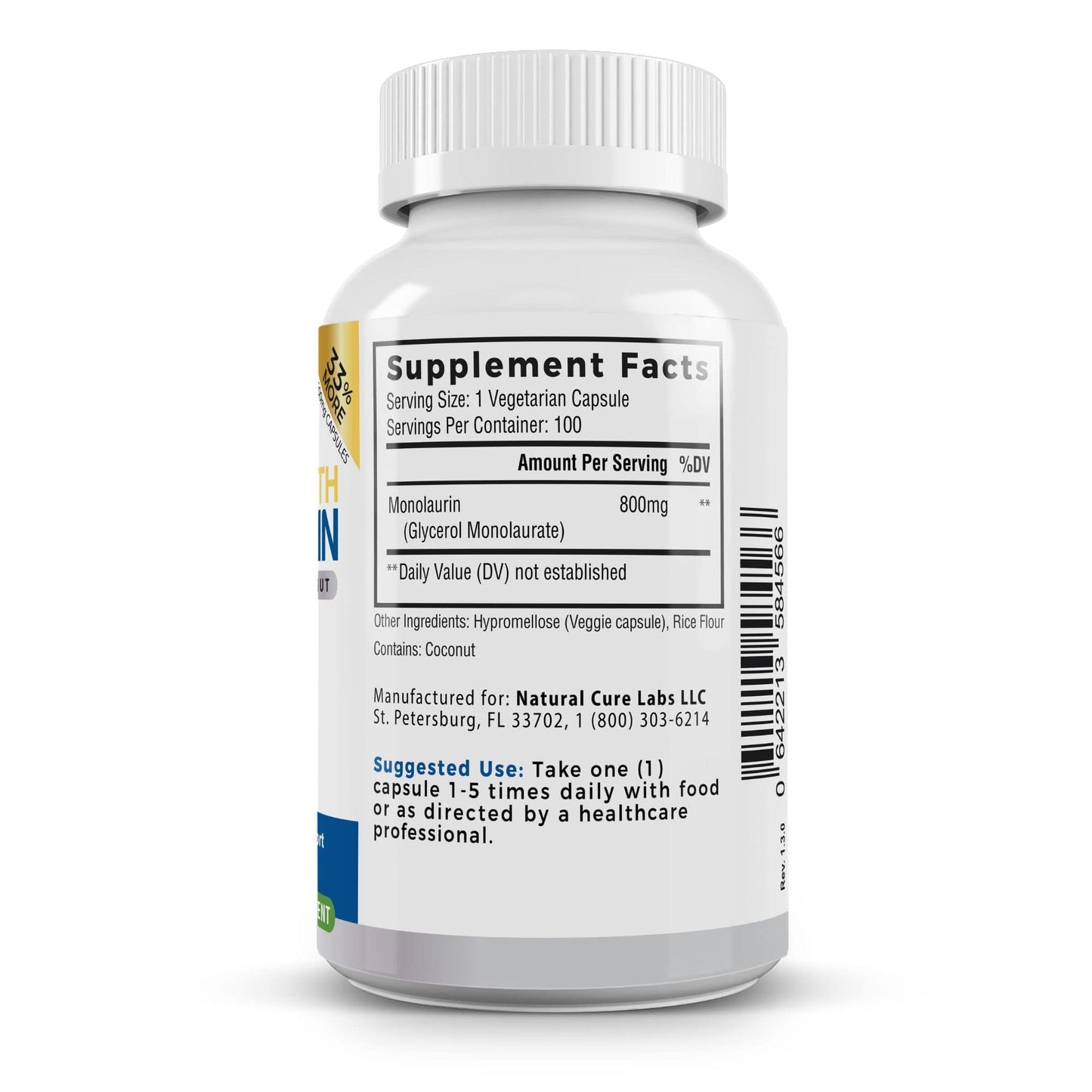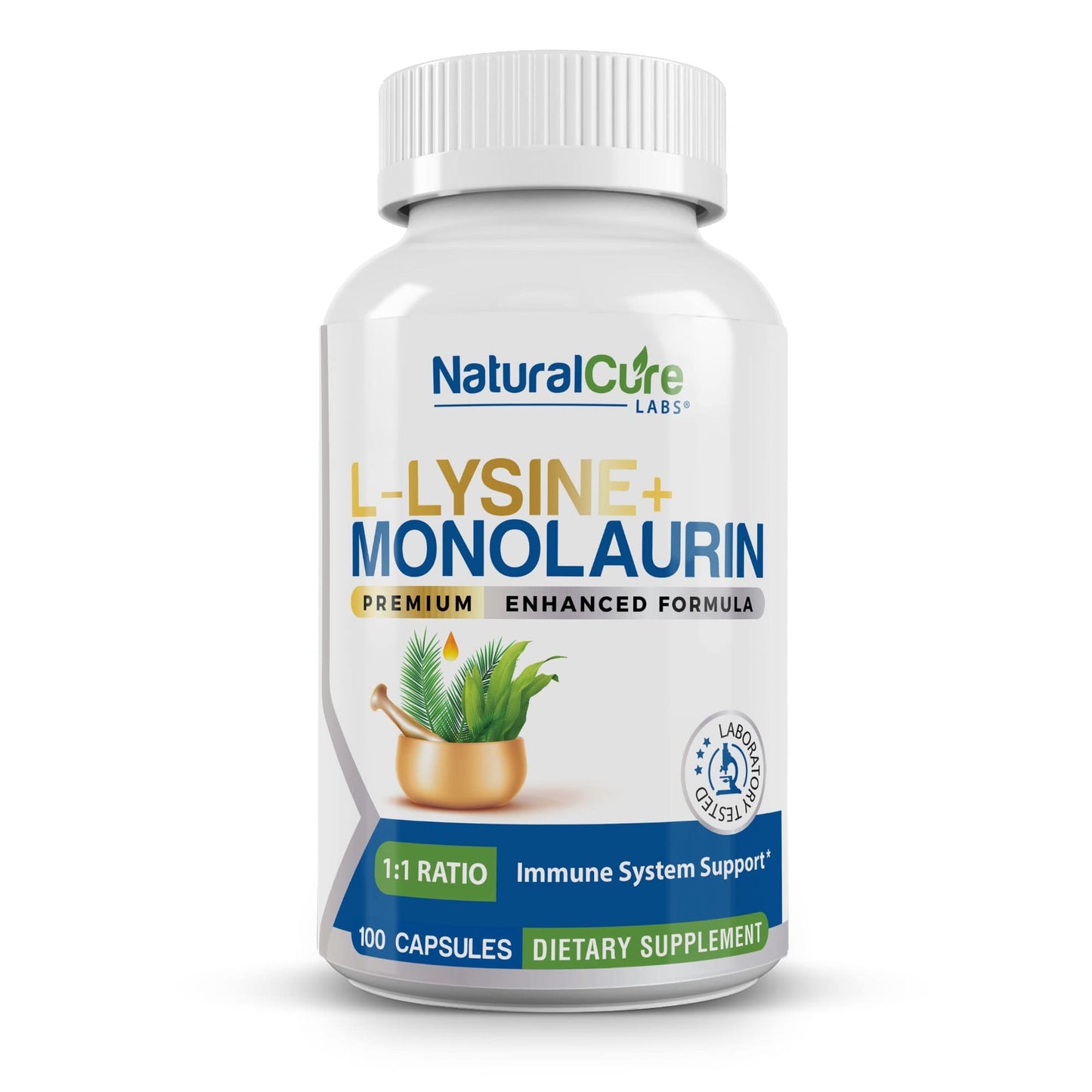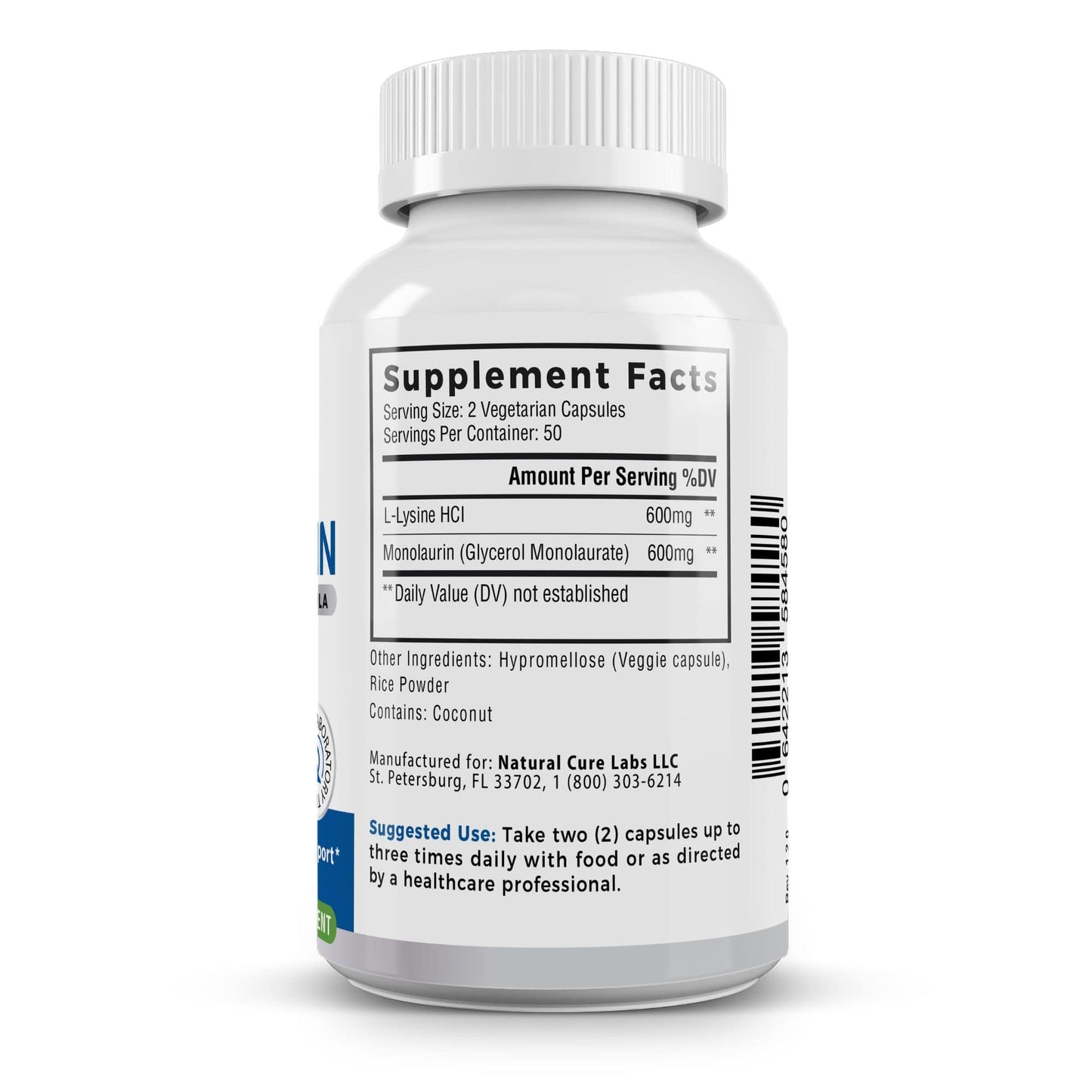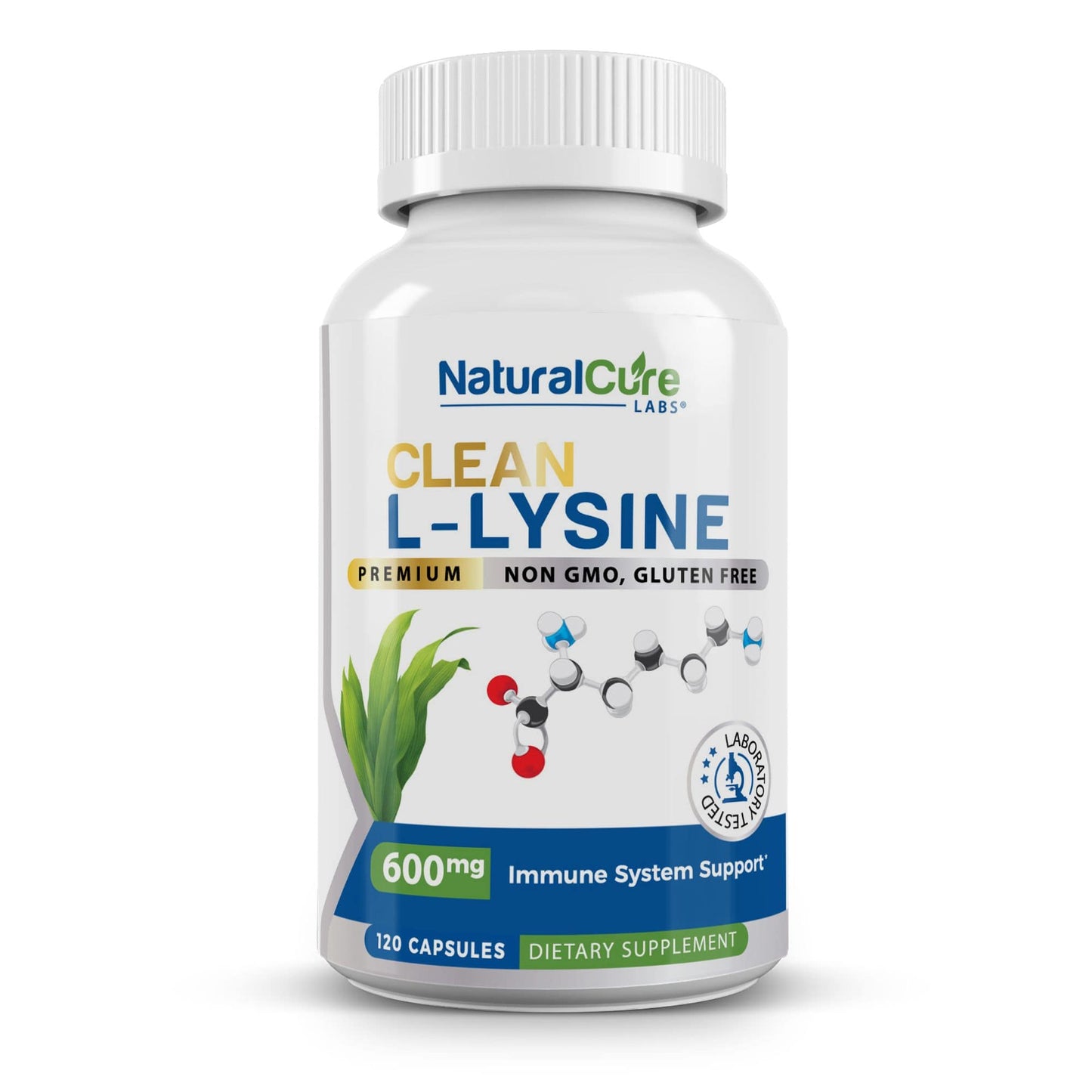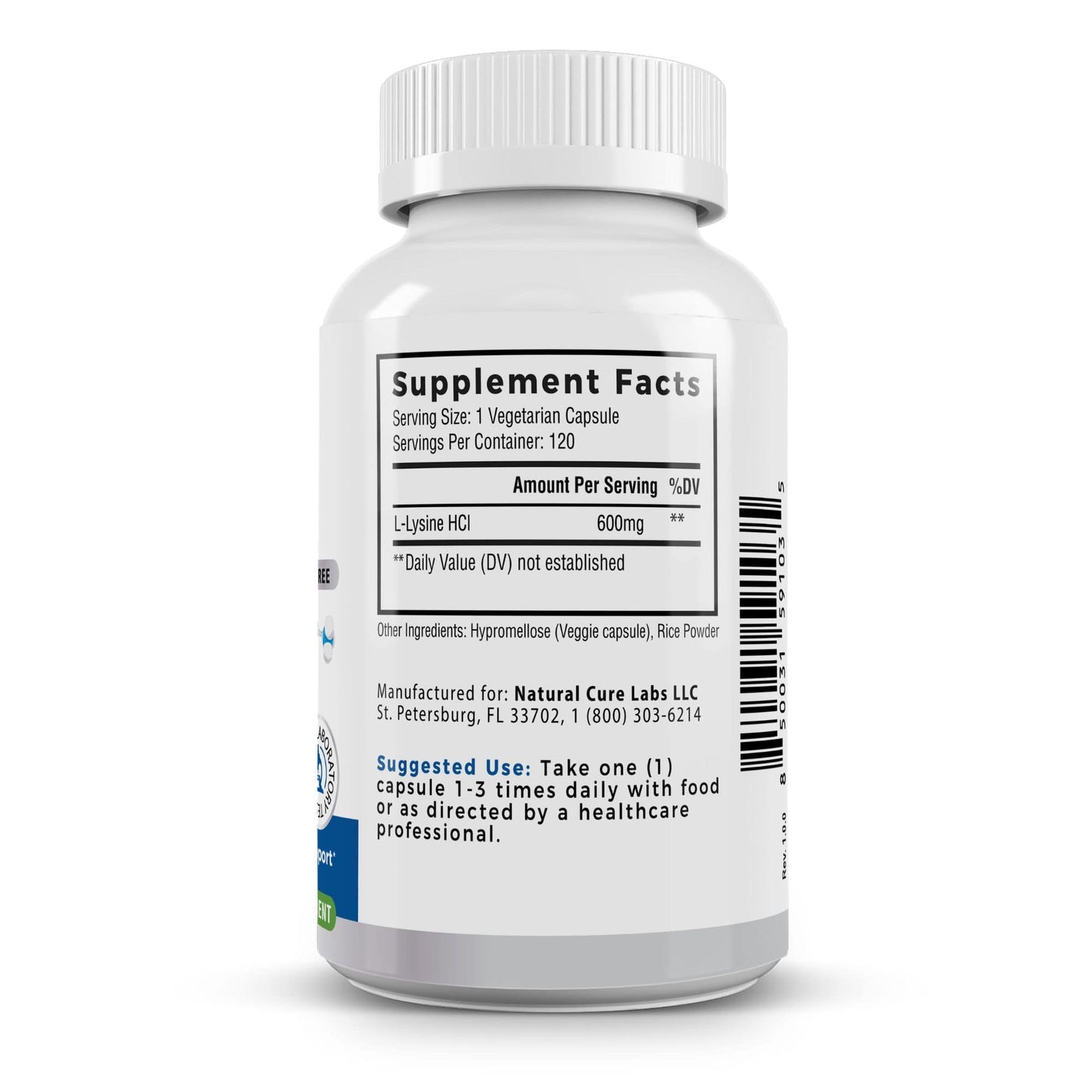
📝 Medically reviewed by Dr. Patricia Shelton
🔍 Last updated September 24, 2024
📚 19 citations
📖 6 minute read
About the Author:

Dr. Patricia Shelton, MD, has been a medical communicator and educator since 2014. She holds a Doctor of Medicine degree and a Bachelor's degree in Neuroscience, both from the University of Washington in Seattle.
--
Metabolic health is important for maintaining overall health, and it’s been receiving a lot more attention recently. One aspect of metabolic health is how your body regulates and maintains healthy blood sugar levels, even when consuming sugars and other carbohydrates through your diet.
Your body manages your blood glucose (also known as blood sugar) by producing insulin. In people who are metabolically healthy, the body is able to keep blood sugar relatively steady, with minimal “spikes” in readings. They generally maintain blood glucose levels between 70 and 140 ml/dL.
Healthy lifestyle practices, botanical-based supplements, and fiber-rich foods are just a few ways individuals with healthy blood sugar levels in normal ranges can support and maintain healthy levels naturally.
Jump To:
- Take Supplements With Mulberry Leaf Extract
- Enhance Your Diet With Botanicals and Antioxidants
- Make Time for Consistent Physical Activity
- Eat Plenty of Fiber-Rich Foods
- Drink Water Throughout the Day
Keep reading to learn about five simple methods that can help balance your body’s natural functions. ‡
See Related: What Does It Mean To Have A 'Clean Label'?
#1. Take Supplements With Mulberry Leaf Extract
Blood sugar management is essential for overall health and wellness. Glucose, which is a type of sugar, is used as the body's primary source of energy.
As blood sugar rises, the pancreas releases insulin. This hormone allows glucose to pass from the bloodstream into cells throughout the body. When the body lacks insulin, too much glucose remains in the blood and can't successfully reach cells. ²
Managing blood sugar levels involves healthy lifestyle practices and wellness strategies. One way for healthy individuals to maintain their glucose levels already in the normal range is by taking daily dietary supplements that can contain certain botanicals and antioxidants. ‡
Mulberry leaves contain highly nutritious plant compounds composed of polyphenol antioxidants, vitamin C, and magnesium. ³ ⁴ ⁵ Magnesium plays a role in managing insulin secretion and carbohydrate metabolism and may be able to help regulate blood sugar levels in healthy individuals. ⁶ ⁷ ⁸ ⁹
Mulberry leaf extract also contains 1-deoxynojirimycin (DNJ), which is an alpha-glucosidase inhibitor. This compound helps prevent the absorption of carbohydrates in your gastrointestinal tract. This, in turn, can encourage healthy blood sugar and insulin levels in normal individuals whose levels are already within normal or healthy ranges. ³ ¹⁰

#2. Enhance Your Diet With Botanicals and Antioxidants
Mulberry leaf isn't the only premium botanical known to support healthy blood sugar levels. Other plant-based compounds like cinnamon and citrus can also aid your body's ability to manage glucose.
Some research suggests that cinnamon may be able to help enhance insulin sensitivity and carbohydrate breakdown in your gut. This spice may help moderate blood sugar levels after eating a meal containing sugar or other carbs in healthy individuals. ¹¹
Multiple studies have found that apple cider vinegar can help manage blood sugar levels and metabolic health. ¹² ¹³ Citrus fruits like lemons and oranges have high fiber content, a low glycemic index (GI), and contain flavonoid antioxidants that can also help manage blood sugar levels in healthy people. ¹⁴

Bonus: Lauric Acid: Potential Health Benefits, Sources, Uses, And More
#3. Make Time for Consistent Physical Activity
Exercising regularly can help promote insulin sensitivity and support healthy blood sugar absorption. ¹⁵ Useful forms of body movement include brisk walking, weightlifting, biking, hiking, and more. Anything that promotes movement over a sedentary lifestyle is a go!
Even a short walk after meals containing carbohydrates or sugar can help regulate glucose levels in healthy individuals, potentially blunting a “spike” from sugar or other carbs. When muscles are active, they take up a lot of glucose from the bloodstream to fuel their activity. This can help keep glucose levels in a healthy range.
#4. Eat Plenty of Fiber-Rich Foods
Soluble fiber is known to slow down carbohydrate digestion and sugar absorption. This encourages healthy changes in blood sugar levels. Insoluble fiber may enhance your body's sensitivity to insulin for those with insulin levels already within normal ranges. ¹⁶ ¹⁷
Fill your diet with high-fiber foods like whole fruits and vegetables or even a fiber supplement. Additionally, consuming lean protein along with carbohydrates can support healthy glucose levels by slowing down the absorption of carbs. Try to cut back on processed, sugary foods. ¹⁹
#5. Drink Water Throughout the Day
A balanced diet is essential, but you need to pair this with adequate hydration. Drinking enough water helps your kidneys to function correctly in order to maintain healthy blood glucose levels. ¹⁸

Final Thoughts
Healthy lifestyle changes can help manage and control blood sugar levels. Balanced meals, magnesium-rich foods, mulberry leaf supplements, and other natural remedies can support your body's natural processes. ‡
Keep Reading: Mulberry Leaf: Uses, Benefits, And The Impact On Blood Sugar
Level Off contains 1-Deoxynojirimycin (DNJ)
--
References
- National Institute of Diabetes and Digestive and Kidney Diseases. (2021). Diabetes Statistics. Retrieved from https://www.niddk.nih.gov/health-information/health-statistics/diabetes-statistics on May 29, 2024.
- MedlinePlus. Health Topics, Blood Glucose. Retrieved from https://medlineplus.gov/bloodglucose.html on May 30, 2024.
- Lown, M., Fuller, R., Lightowler, H., Fraser, A., Gallagher, A., Stuart, B., Byrne, C., & Lewith, G. (2017). Mulberry-extract improves glucose tolerance and decreases insulin concentrations in normoglycaemic adults: Results of a randomised double-blind placebo-controlled study. PloS one, 12(2), e0172239. https://doi.org/10.1371/journal.pone.0172239
- Chan, E. W., Lye, P. Y., & Wong, S. K. (2016). Phytochemistry, pharmacology, and clinical trials of Morus alba. Chinese journal of natural medicines, 14(1), 17–30. https://doi.org/10.3724/SP.J.1009.2016.00017
- Srivastava, S., Kapoor, R., Thathola, A., & Srivastava, R. P. (2006). Nutritional quality of leaves of some genotypes of mulberry (Morus alba). International journal of food sciences and nutrition, 57(5-6), 305–313. https://doi.org/10.1080/09637480600801837
- Morais, J. B. S., Severo, J. S., de Alencar, G. R. R., de Oliveira, A. R. S., Cruz, K. J. C., Marreiro, D. D. N., Freitas, B. J. E. S. A., de Carvalho, C. M. R., Martins, M. D. C. C. E., & Frota, K. M. G. (2017). Effect of magnesium supplementation on insulin resistance in humans: A systematic review. Nutrition (Burbank, Los Angeles County, Calif.), 38, 54–60. https://doi.org/10.1016/j.nut.2017.01.009
- Zhao, B., Deng, H., Li, B., Chen, L., Zou, F., Hu, L., Wei, Y., & Zhang, W. (2020). Association of magnesium consumption with type 2 diabetes and glucose metabolism: A systematic review and pooled study with trial sequential analysis. Diabetes/metabolism research and reviews, 36(3), e3243. https://doi.org/10.1002/dmrr.3243
- Hruby, A., Meigs, J. B., O'Donnell, C. J., Jacques, P. F., & McKeown, N. M. (2014). Higher magnesium intake reduces risk of impaired glucose and insulin metabolism and progression from prediabetes to diabetes in middle-aged americans. Diabetes care, 37(2), 419–427. https://doi.org/10.2337/dc13-1397
- Dong, J. Y., Xun, P., He, K., & Qin, L. Q. (2011). Magnesium intake and risk of type 2 diabetes: meta-analysis of prospective cohort studies. Diabetes care, 34(9), 2116–2122. https://doi.org/10.2337/dc11-0518
- Jiang, Y. G., Wang, C. Y., Jin, C., Jia, J. Q., Guo, X., Zhang, G. Z., & Gui, Z. Z. (2014). Improved 1-Deoxynojirimycin (DNJ) production in mulberry leaves fermented by microorganism. Brazilian journal of microbiology : [publication of the Brazilian Society for Microbiology], 45(2), 721–729. https://doi.org/10.1590/s1517-83822014000200048
- Sharifi-Rad, J., Dey, A., Koirala, N., Shaheen, S., El Omari, N., Salehi, B., Goloshvili, T., Cirone Silva, N. C., Bouyahya, A., Vitalini, S., Varoni, E. M., Martorell, M., Abdolshahi, A., Docea, A. O., Iriti, M., Calina, D., Les, F., López, V., & Caruntu, C. (2021). Cinnamomum Species: Bridging Phytochemistry Knowledge, Pharmacological Properties and Toxicological Safety for Health Benefits. Frontiers in pharmacology, 12, 600139. https://doi.org/10.3389/fphar.2021.600139
- Budak, N. H., Aykin, E., Seydim, A. C., Greene, A. K., & Guzel-Seydim, Z. B. (2014). Functional Properties of Vinegar. Journal of Food Science. https://doi.org/10.1111/1750-3841.12434
- Ousaaid, D., Laaroussi, H., Bakour, M., ElGhouizi, A., Aboulghazi, A., Lyoussi, B., & ElArabi, I. (2020). Beneficial Effects of Apple Vinegar on Hyperglycemia and Hyperlipidemia in Hypercaloric-Fed Rats. Journal of diabetes research, 2020, 9284987. https://doi.org/10.1155/2020/9284987
- Visvanathan, R., & Williamson, G. (2023). Citrus polyphenols and risk of type 2 diabetes: Evidence from mechanistic studies. Critical reviews in food science and nutrition, 63(14), 2178–2202. https://doi.org/10.1080/10408398.2021.1971945
- Richter, E. A., Sylow, L., & Hargreaves, M. (2021). Interactions between insulin and exercise. The Biochemical journal, 478(21), 3827–3846. https://doi.org/10.1042/BCJ20210185
- Vlachos, D., Malisova, S., Lindberg, F. A., & Karaniki, G. (2020). Glycemic Index (GI) or Glycemic Load (GL) and Dietary Interventions for Optimizing Postprandial Hyperglycemia in Patients with T2 Diabetes: A Review. Nutrients, 12(6), 1561. https://doi.org/10.3390/nu12061561
- Basu, A., Alman, A.C. & Snell-Bergeon, J.K. Dietary fiber intake and glycemic control: coronary artery calcification in type 1 diabetes (CACTI) study. Nutr J 18, 23 (2019). https://doi.org/10.1186/s12937-019-0449-z
- Janbozorgi, N., Allipour, R., Djafarian, K., Shab-Bidar, S., Badeli, M., & Safabakhsh, M. (2021). Water intake and risk of type 2 diabetes: A systematic review and meta-analysis of observational studies. Diabetes & metabolic syndrome, 15(4), 102156. https://doi.org/10.1016/j.dsx.2021.05.029
- Sami, W., Ansari, T., Butt, N. S., & Hamid, M. R. A. (2017). Effect of diet on type 2 diabetes mellitus: A review. International journal of health sciences, 11(2), 65–71.
‡ These statements have not been evaluated by the Food and Drug Administration. This product is not intended to diagnose, treat, cure, or prevent any disease.
--
Natural Cure Labs provides dietary supplements made from naturally derived ingredients. Our research-backed products contain premium botanicals and antioxidants that encourage healthy living and holistic wellness. Each high-quality product comes with a Clean Label that certifies our commitment to quality, transparency, and research. To stay connected and learn more, follow us on Facebook, Instagram, and TikTok.


